“Thou dost shelter a serpent in thy bosom, that shall sting thee to the death ! Let not thy soul cleave  to yon stripling, in whom abides the spirit of his fierce kinsman. Cast him from thee, that it may be well with thee, and with the kingdom; for wo unto the land, if he inherit the throne of thy fathers.” – Joan of Naples (Sicily)
to yon stripling, in whom abides the spirit of his fierce kinsman. Cast him from thee, that it may be well with thee, and with the kingdom; for wo unto the land, if he inherit the throne of thy fathers.” – Joan of Naples (Sicily)
Once upon a time, old Sicily was one of the homes to the greatest sea merchants and warriors known as the ancient Phoenicians who had come from Crete around the 11th century BC. In the bible they are known by the various names such as the Semitic Canaanites, Sidonians, Philistines, and the lying Cretans.
Sicily was a prized possession for the Phoenicians because of its beauty, location, climate, natural resources such as Limestone, silver, lead and sulfur, and the fact that it is largest island in the Mediterranean Sea. “In Sicily, Ptolemy knew a Phoenikous port in the South of the eastern littoral near the river Heloros.” The name Phoenikous would also be rendered Phoenike, and the symbol of the Phoenicians which is the glorious immoral firebird known as the Phoenix.
The race of the Phoenix ruled there for many hundreds of years, but later when this island became known to the world and their cousins called the Greeks, Romans and Normans, they would invade and take over the island from Phoenician royal purple rule. These immortal signs, symbols and DNA of the original Phoenicians and their latter cousins, the Greeks who inhabited this beautiful island for so many centuries would forever become embedded into the culture of the current multiethnic Sicilians.
The ancient Greeks were the next world ruling empire that had made war on the Phoenicians and invaded Sicily in the 8th century BC. This is when they made Sicily a part of Magna Graecia. The Greek-Roman philosopher Cicero once described Syracuse as the greatest and most beautiful city of all Ancient Greece, and some called it “the greatest Greek city in the west.” It has been said that Sicilian history begins when the great colonizing nations of antiquity, the Phoenicians and the Greeks, began to settle in Sicily.
Later Sicily became part of the Roman-Byzantine (Greece) empirical alliance, then exchanging hands multiple times with the Vandals, Islamic, Normans, Hohenstaufen, Catalan, Spaniards, and today is part of the Republic of Italy. Over time, the various tribes of races with various backgrounds and ethnicities intermixed with one another and merged as one. Even though Sicily has been ruled by many kingdoms over the years, the people known as Sicilians and their unique culture would remain mostly intact to this very day.
THE MEANING OF SICILIAN
The name for Sicily and the Sicilians is derived from the Latin caecilian. The word caecilian is the 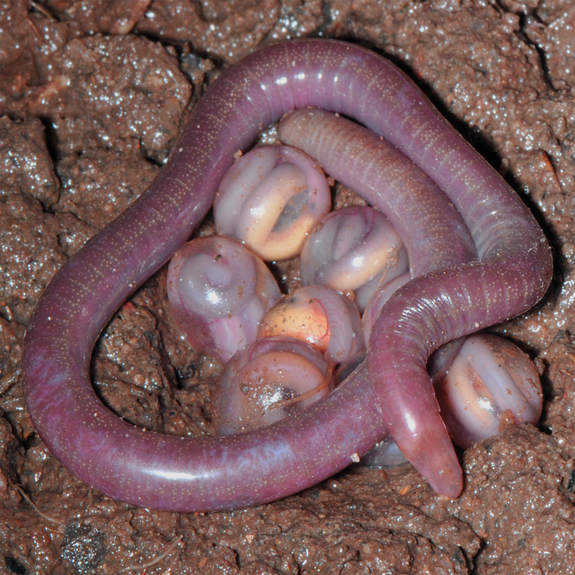 name of an amphibian that looks very similar to very large earthworms or small snakes. However, unlike earthworms and more like humans, the caecilians have eyes, teeth and skeletons with an elongated body and a slimy smooth skin. They are aquatic and predators who kill and eat earthworms, termites and ants.
name of an amphibian that looks very similar to very large earthworms or small snakes. However, unlike earthworms and more like humans, the caecilians have eyes, teeth and skeletons with an elongated body and a slimy smooth skin. They are aquatic and predators who kill and eat earthworms, termites and ants.
Like the modern-day Sicilians and the Mafioso, these ceacilain serpents are very secretive and not much is known about them because they mostly live hidden in the ground, making them the least familiar order of amphibians. The Phoenicians have always used the serpent as one of their main symbols so it is only natural they would observe these various characteristics of this serpent like amphibian known as the ceacilian to name their new serpent colony; a name we know as Sicily and Sicilians. After all, the Phoenicians were a type of amphibious people who made their living from the various water ways, oceans, and by being predators who would take over various people who were weaker and lands they could colonize.
The name ceacilain is derived from the word caecus, meaning “blind” and οφις (ophis, snake); as the caecilians were originally thought to be related to snakes. The worm named the caecilian also derives from the Latin word caecus, meaning “blind”, referring to the small or sometimes nonexistent eyes.
THE SYMBOL OF THE SICILIAN SERPENTS
The Trinacria is the symbol of Sicily. The word Trinacria is derived from triskelion or triskele which is a symbol consisting of three interlocked spirals, three bent human legs, or three bent/curved lines extending from the center. The Trinacria is instead composed of the head of the Gorgon, whose hair is entwined serpents with ears of corn, from which radiate the three legs bent at the knee. According to the Greek poet Hesiod (VIII – early VII century B.C.), the Gorgon represented the three daughters of Ceto and Phorcys, two gods of the sea: Medusa (the Gorgon for excellence), Stheno (“strong”), Euryale (“the large”).
The Gorgon is a mythological figure who, according to the Greek poet Hesiod (VIII – early VII century B.C.), was each of the three daughters of Ceto and Phorcys, two gods of the sea: Medusa (the Gorgon for excellence), Stheno (“strong”), Euryale (“the large”). Homer, in the Odyssey, alluding to the shape of Sicily, uses the term Thrinakie, which comes from thrinax (three peaks). The Spartan fighters carving in their shields a white leg bent at the knee: a symbol of strength.
The symbol of Trinacria was also used in Crete, Macedonia, and in Celtiberian Spain (area north-central). This makes sense, since Crete was one of the main home base of the Phoenicians who had worshipped the serpent Goddess, Spain being colonized by them as well. Here is the Cretan serpent Goddess.
The Macedonians were the Greek Hellenes. All of them sharing the same warrior DNA from thousands of years of war. Their adaptation of this Goddess would be serpent Goddess Medusa who turned people into stone with her evil eyes.
All these cultures had also worshipped the mother serpent goddess of their race. Hence the mafioso, “To Be As Swift As Our Mother.”
When the Normans (Northmen, Vikings) conquered Sicily in 1072, they later incorporated the Trinacria in the symbol for the Isle of Man which replaced the previous all Scandinavian symbol with that of a combination Phoenician Hawk like Horus and the symbolic crow of the Norman Vikings. On August 30th of 1302, the Island in the Kingdom of Trinacria, following the peace of Caltabellotta, at the conclusion of the War of the Sicilian Vespers, that saw the conflict between the Angevins and the Sicilian allies with the Aragonese. The sovereignty of the Kingdom of Trinacria was formerly assigned to Frederick II of Aragon (1227-1337).
The title Lord of Mann (Manx: Çhiarn Vannin) is used on the Isle of Man to refer to the island’s Lord Proprietor and head of state. The current holder of the title is Queen Elizabeth II. (Wikipedia)
THE MYTHOLOGY OF SICILY
The Phoenician goddess of Mount Eryx in Sicily, ‘Aschtharth Errh-hwfim (‘ Astarte longae vitae auctor’) who is connected with the planet Venus and symbols such as the serpent and snakes. Astarte is the Phoenician Goddess is the Queen of Hell who represents the so below of Venus. She is the equivalent to the ancient Egyptian sister and companion of Isis who is the wicked Typhon that put the husband of Isis, Osiris to death.
In the Akkadian myths, she is the queen wife of the god of heaven, lord of constellations, king of gods, spirits and demons, Anu. In the Hittite myth of Elkunirsha and Athi, Ishtar becomes an owl in the hand of Elkunirsha (El-creator-of-the-earth). Their cousins, the Trojans called the owl deity by the name of Ate who then later became identified later as the Greek Goddess known as Athena. Her name is a later adaptation, and received her name from that of the Hittite Athi (Atti, Khati, Hethei Asherah, Asertu). (Wikipedia)
The actual symbol of Sicily is derived from a story in Greek Mythology of the goddess Athena who threw Mount Aitna onto the island of Sicily, and upon either the gigante Enkeladus or Typhon during the giants’ war against the gods. Here is Athena “brandishing her gorgon shield against Enceladus.”
THE SICILIAN SEPENTS
It is said that in Sicily to this day, there are a group of serpent men called Giravoli that claim to heal the wounds of venomous animals by their spit. They frequent the neighbourhood of Syracuse, and St. Paul is their patron saint. They carry their symbol of a serpent, an emblem of their profession, derived, without question, from remote antiquity. (Vestiges of ancient manners and customs, discoverable in modern Italy and Sicily By John James Blun)
The Varvakion Statuette of Athena, discovered in 1880. This is a small copy, about three and a half feet high, in Pentelie marble, of the celebrated Chryselephantine Statue of Athena Parthenos, the work of Pheidias. Athena is represented in long sleeveless robe, her left hand resting on her shield, while her outstretched right hand holds a small (six inches high) statuette of Nike (Victory). The aegis, with the Medusa head, covers her breast; on her head is a helmet with three plumes supported by a sphinx in the centre and a horse on each side. On the inside of the shield is coiled the traditional sacred serpent. This small but well-preserved copy is of the highest interest.
The Hermes of Andros, discovered in 1833. This is one of the finest pieces in the Museum. The face is one of rare beauty, full of serious thought. The full length figure is standing by the trunk of a tree around which a serpent is coiled. This excellent view gives the minutest detail of the workmanship.(Catalogue of Views from Greece and Sicily: Lantern Slides, Photographs …
By University of Nebraska (Lincoln campus))
THE SICILIAN MAFIA
The Sicilians have experienced many wars over the course of their 3,000 plus year history. This culture of war and defending themselves from various empires gave rise to a culture of people who had become used to war, fighting, death and survival.
A way of life in their DNA that most likely gave rise to the infamous and deadly mob in the history of the world known as the Sicilian Mafia, also called Cosa Nostra (“Our Thing”). Mafioso or Mafi-USA is in their blood.
The mafia is currently described as an organized global body of criminals, operating originally in Sicily and now especially in Italy and the US, having a complex and ruthless behavioral code. ‘Financial Institution – FI’ An establishment that focuses on dealing with financial transactions, such as investments, loans and deposits. Conventionally, financial institutions are composed of organizations such as banks.
In the etymology of the word mafia, or more appropriately, mafioso we find that it is composed of the words ma, fi or fia and oso. The meaning I have interpreted to be is ma for mother, fia or fia is to be, and oso — means ‘swift as.’ “To Be As Swift As Our Mother.”
“Be as Wise as Serpents, Fierce as Wolves and Gentle as Doves”

Moe is the founder of GnosticWarrior.com. He is a father, husband, author, martial arts black belt, and an expert in Gnosticism, the occult, and esotericism.

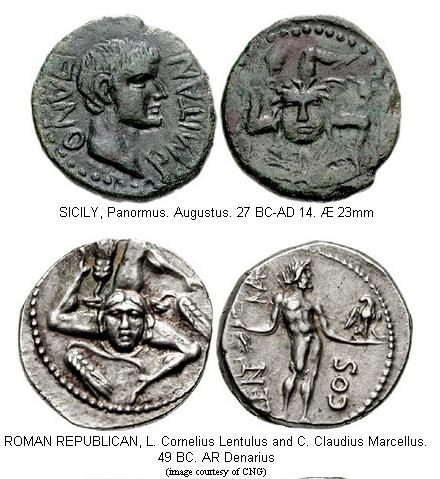
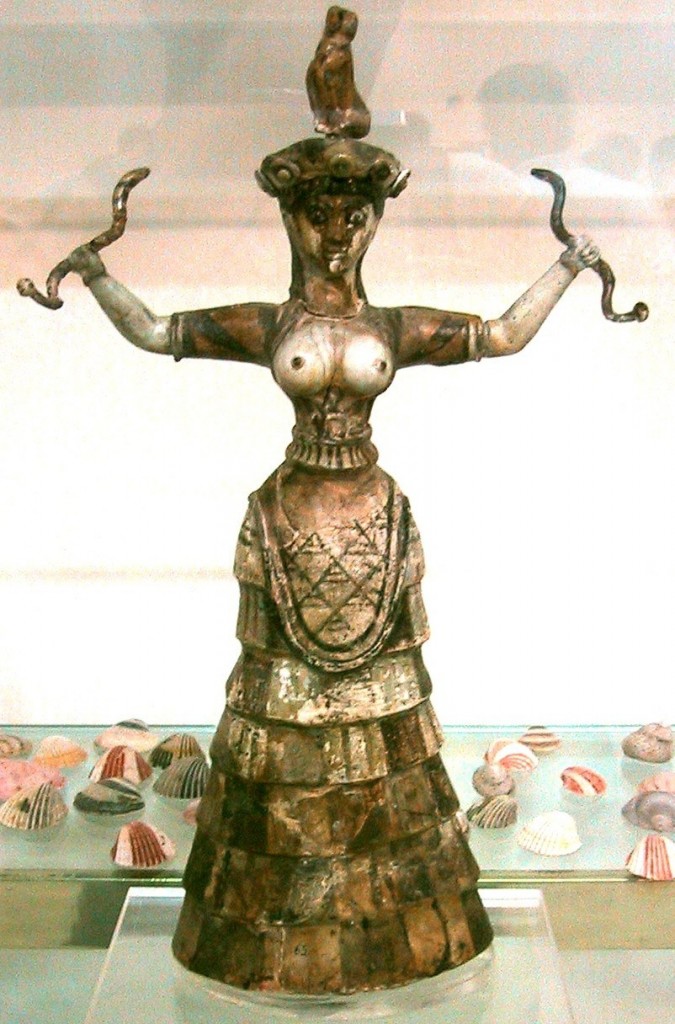

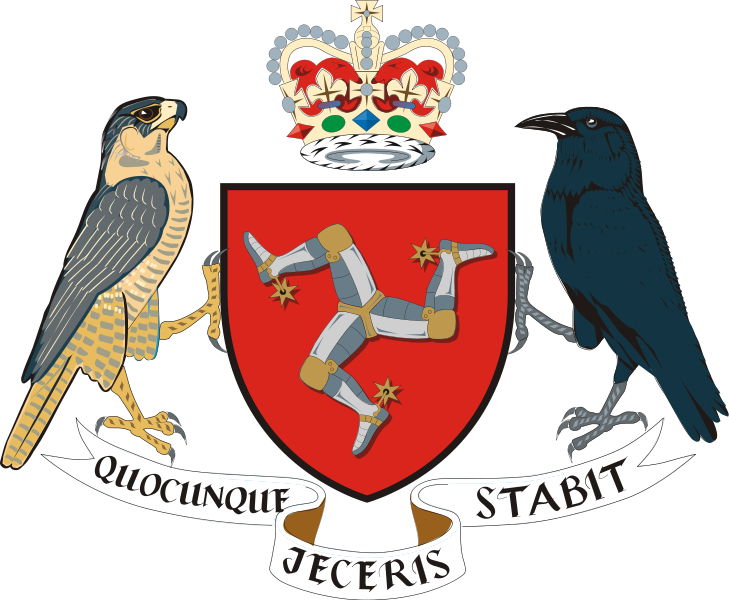
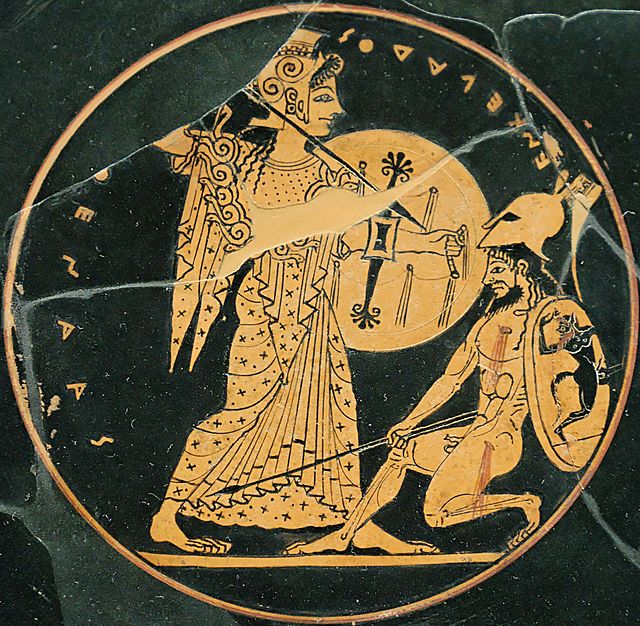

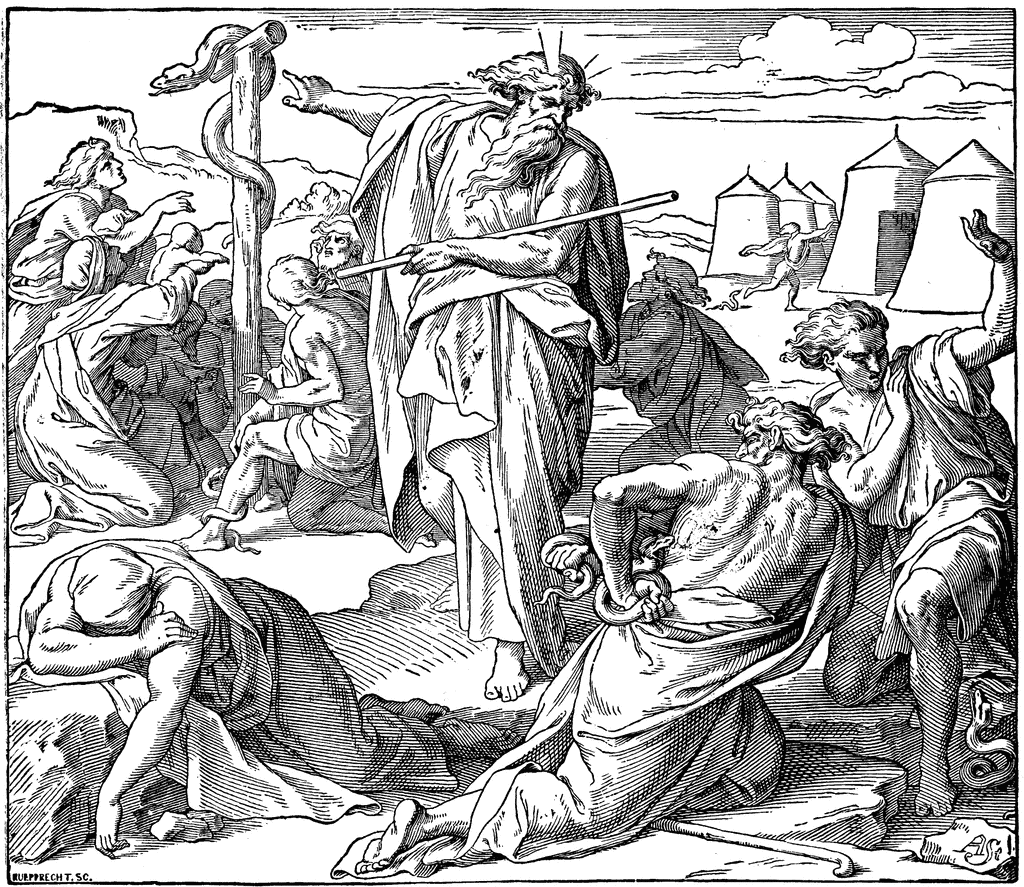
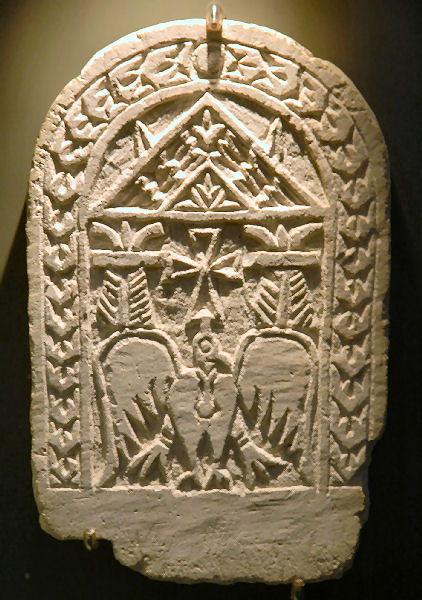
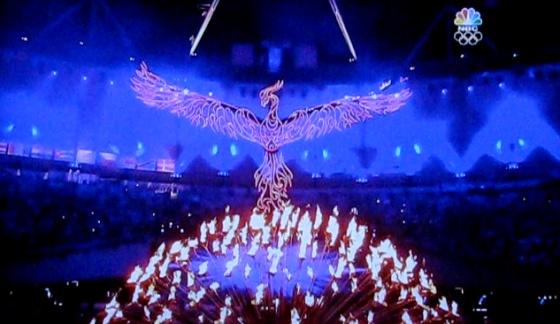
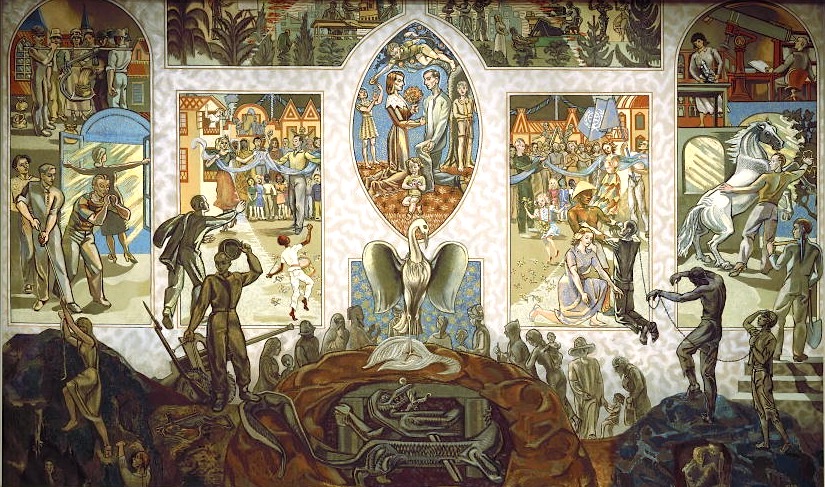



Thank you Moe. Could you comment on why there are wings also on the symbol? Many Thanks